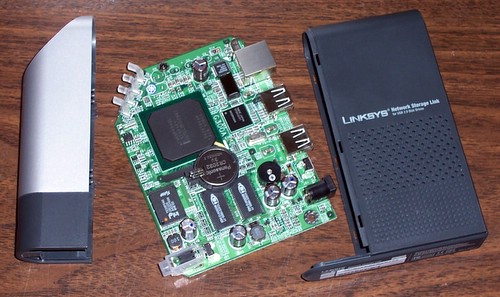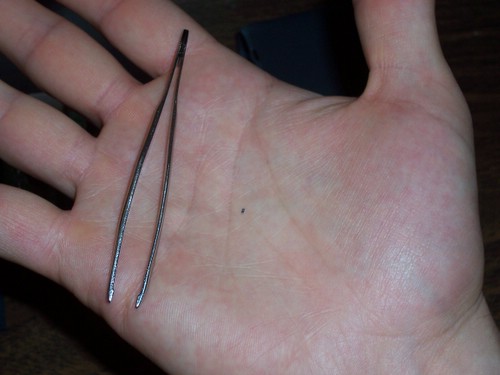It seems some people are really into creating playlists. I’m not one of them. While I have a lot of nasty things to say about iTunes, the smart playlists feature has been the only way I’ve bothered to make playlists. At least until now.
The other day I was thinking that while its nice to have iTunes recommend songs that you might want to buy that are similar to what you’re browsing in your music collection, and Amazon has lots of recommendations on what you might buy based on your previous purchases. No one seemed to be harnessing the relationship between things that I already own.
Well, it turns out there is a bunch of stuff out there that does exactly that.
At first I ended up at wikipedia on music recommendation systems. Further digging turned up something called The Filter which was blogged by Wired a while back, unfortunately it doesn’t seem quite ready for prime-time so I keep hunting around. Then I came across MusicIP mixer, and a related comparison review article on lastfm.
MusicIP seemed like the best, most available candidate, so I gave it a shot. The free version is limited, but not crippled. It installs as a stand alone application, but is aware of iTunes and will read settings from there to figure out where (and what) your music collection is. Out of the box, all you do is pick a song (or a few) and ask to make a mix.
I picked a random Haujobb track and asked for a mix of 75 songs (the limit for the free version). The sample_mix was a fairly good selection of the music in my collection that I’d consider to be fairly compatible. There were a few odd songs in the list that I trimmed out by indicating “less of this” and it shuffled things around (and I suspect remembered the error for later).
I then burned a MP3 CD for the car with these 75 songs (some 500MB). As an aside, I’m terrible for updating my driving tunes, so what I had in the car was pretty stale. Well, its been 2 days so far and I’m very pleased with the experience. This is a much better mix set than the smart playlist I primarily use on my iPod.
One note about the MusicIP system, it needs a lot of processing time until it has consumed your music collection. I ran my PC for well over 24hrs processing 3500 songs. This is a one time hit, and I consider it a fair tax for the free version of the software – especially if it gives me an easy way to make new mix CDs, or new playlists for my iPod.
Be it through some social network, algorithm, or mixture of the two – I hope that this type of technology grows in popularity. As we gather more and more media, we’re going to need better ways to interact with it – and insisting that we manually tag, sift and sort our data simply won’t scale.
Imagine if your email could be grouped and sifted based on how others had handled the same messages? How about if your PVR could just record the same shows your friends are watching? If you always answer “yes to all” on that dialog box, why not let me make it a sticky setting?


